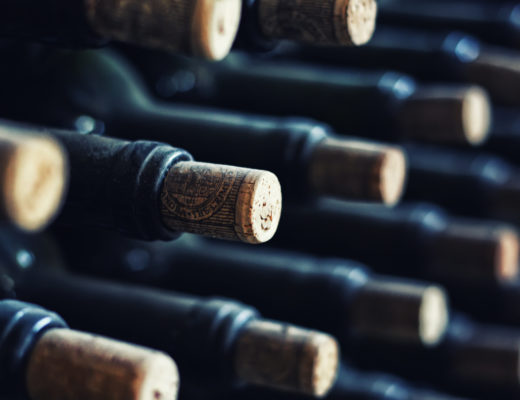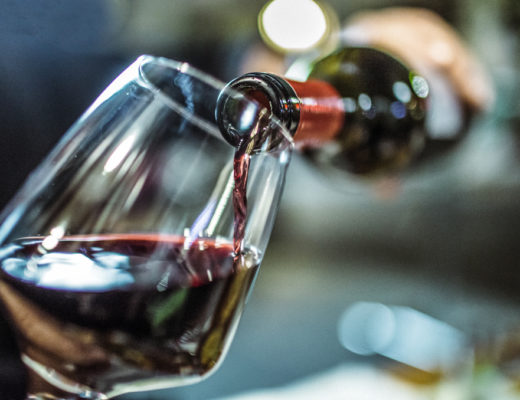Ever been shopping for wine glasses? If you have, you will probably have noticed that now more than ever before, they seem to come in all shapes and sizes, with each one claiming to be the ‘right’ glass for a particular type of wine. There are huge, wide-bowl glasses for aged red wines, narrower elegant glasses for everyday drinking, tall, thin flutes, for Champagne vessels, petite pieces of glassware for fortified wine, medium-sized dessert wine ones, glasses for Chardonnay, glasses for Riesling, Pinot Noir, Bordeaux… the list really does go on and on and on.
To say the choice can be overwhelming could be understatement of the year – but does it really matter which one you choose? And does the shape and size of a glass really make a difference to your enjoyment of your wine?
There are a couple of schools of thought when it comes to wine glassware. The first would claim that choosing the right wine glass for each particular wine does indeed heighten the experience, as each wine has its own characteristics which can be amplified by the shape and size of the glass. Another would claim that the ceremony of bringing out different glasses for different wines is a key part of the drinking experience. Another still would state that you can drink your wine from the fanciest flute or a plastic tumbler… after all, it’s the wine that matters, not the vessel you taste it from.
The reality lies somewhere in the middle. Ideally, wine glasses should have a reasonably long stem (which stops you from getting your grubby fingers all over the bowl, and allows the wine to maintain a consistent temperature unaffected by your body heat), and a decent sized bowl in which you can swirl your vino. Champagne should ideally be served in flutes, as a the smaller surface area stops the bubbles from dissipating too quickly. Beyond that… who really cares?
The Origins of an Enduring Myth
Interestingly, much of the mythology surrounding different glass styles for different wines stretches back only a couple of decades. In 1973, the Riedel glassware company (who remain a leading manufacturer of wine glasses to this day) were seeking ways to boost sales. Their solution? To come up with the ‘sommelier series’ – a whole range of wine glasses in various sizes and shapes, each claiming to be perfectly engineered for a specific style of wine. That’s right – the enduring mythology surrounding wine glass styles is little more than a marketing spiel large swathes of the wine world fell for hook, line, and sinker.
The Riedel company claimed that each glass in their series was carefully designed to ensure the wine hit the ideal part of the mouth, thus maximizing the tasting experience. It doesn’t require much scientific knowledge to recognize that this was little more than nonsense, and remains nonsense to this day. Your brain doesn’t give a hoot which part of your mouth is ‘experiencing’ the wine… you’re going to taste it exactly the same way no matter what type of glass you use.
At the end of the day, the wine glasses you choose are entirely up to you. Love the elegance and ceremony of using different glasses for each wine? Good for you – don’t let us stand in your way. Happy sipping your vino from a stemless tumbler? Go for it- and don’t let anybody tell you you’re wrong.





